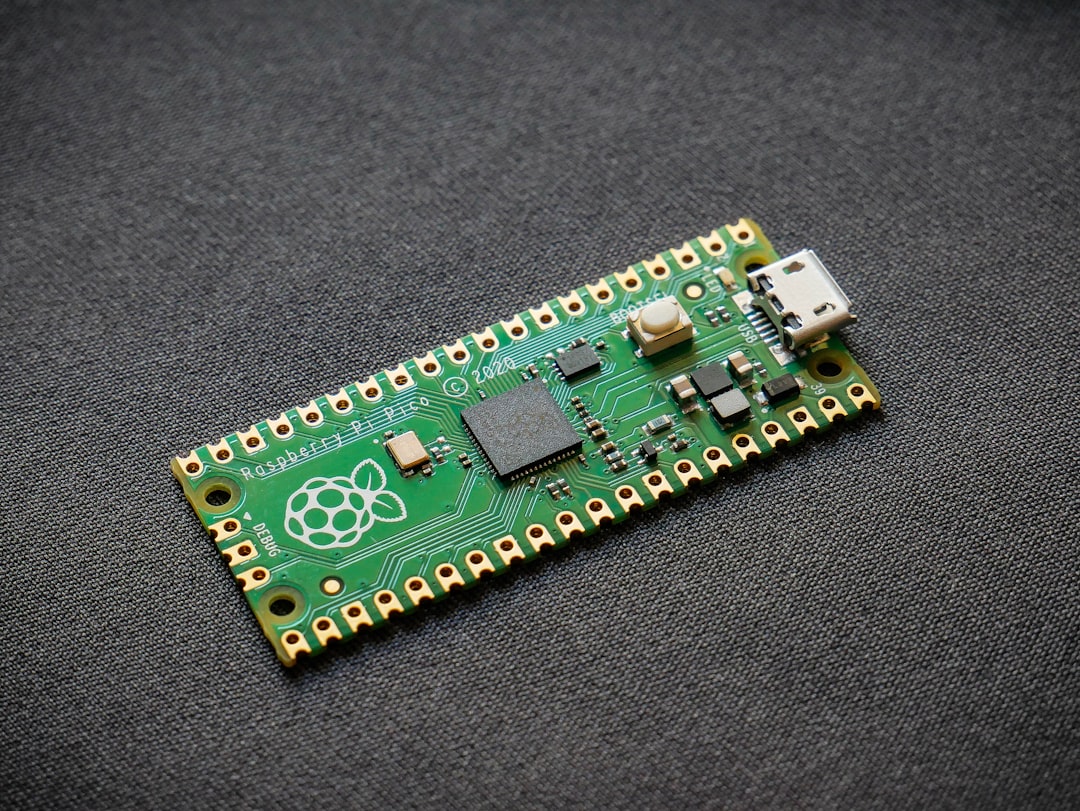Those of you who have followed my previous work may remember my Empyrean microcontroller board, which was an Arduino Zero compatible in a small stick form factor. The Empyrean made a lot of sense at the time that I created it (since the stock Arduino Zero was a lot bigger and more expensive), but unfortunately those days have come to an end.
When I started on Project Yamhill and began preliminary specifications, I wanted to use Empyrean as the microcontroller of choice. However, just a bit of considering the alternatives showed that this choice didn’t make much sense given the explosion of more capable and cheaper 32-bit microcontroller boards on the market. I’ve been a little bit disconnected from the whole ecosystem over the last couple of years, but I am very aware of one alternative that has a ridiculous amount of power for a very cheap price: the Raspberry Pi RP2040.
Better yet, there’s already a board with a very similar form factor to Empyrean and also quite a bit cheaper: the Raspberry Pi Pico. Given that the Pico is essentially a commodity item because of its cost and manufacturer, it seems to make a lot more sense to me to make the Project Yamhill board with a microcontroller that has all of these advantages.

I also plan to incorporate a decent display that’s relatively large and is driven by SPI bus so that it can be refreshed at a good rate by a capable microcontroller (such as the RP2040). I’ve settled on a 4.0” TFT display with touchscreen for my first prototype, which should be a nice step up from a 2x16 character LCD or a small OLED. The touchscreen may also allow me to not have to place as many physical buttons on the board. I love physical buttons, but I may be running low on GPIO pins with all of the other peripherals required. Of course, I could always use an IO extender IC as well, if necessary. We’ll see what’s needed after the first run of boards get used and critiqued.
There will be at least two rotary encoders: one for the main tuning and a multifunction knob. I was considering putting a AF gain pot on the front panel, to be used independently with a separate AF amplifier board, but I’m now considering placing the AF amp on the front panel itself, since nearly every project will need an audio amplifier. What do you think about this decision?
The LO is also going to be integrated into the front panel PCB, since it will also be required for nearly every project. The current plan for this is to use a Si5351C with a TCXO reference oscillator. The main reason for using a C variant over the cheaper and widely-used A variant is that it can use a variety of reference clock frequencies, instead of being limited to the 25 to 27 MHz range of the A. This will allow for an optional GPS module that has a 10 MHz reference output, for very precise and stable frequency generation.
I’ve already got Pico boards, the LCD, and some other prototyping material on the way so that I can start breadboarding to test the feasibility of this setup. A preliminary PCB design is being started right now, and I should have some more to report on the front panel design in the near future. As always, I look forward to your constructive feedback. Leave a comment or post in the chat!



